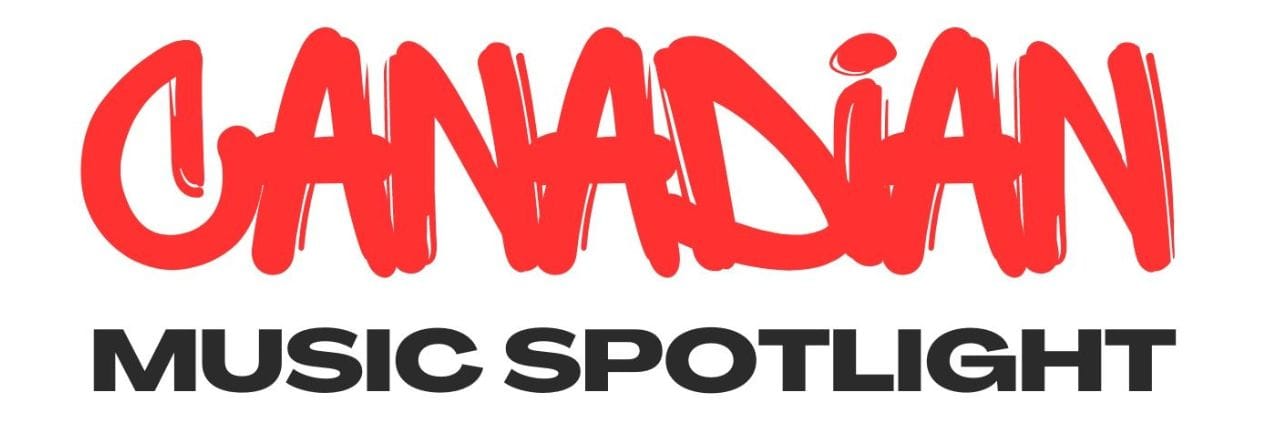So You Want To Be A Session Player?

By Lou Pomanti
I was lucky enough in the heyday of the music business to be a #1 call session player, or studio musician if you prefer. Cell phones had just come in to use, though they were terribly expensive. You would always be reached by phone by a contractor, someone who would hire all the musicians for a date. On a break in the middle of a session, all the players would rush to the studio phones to check their answering machines to see if any other gigs had come in. If you were doing an orchestra date at one of the big studios you had to really be quick as there could be 70 musicians racing for the 3 phones!
All I had to do once the word was out on me, was check my phone messages 10 times a day, and keep a date book (paper!) so I knew which studio to go to and when. Synthesizers were just coming in to use in the early '80s, and I had what I call my 'refrigerator'...my 5 foot high rack of synth modules that accompanied my Roland Jupiter-8, which was my main synth and controller keyboard. I had to have a cartage company on call to move my stuff around, as I could have as many as 5 sessions in a day, and as many as 15 sessions in a week.
Ok, enough of the background, fast forward to the scene today. I still do sessions for people, maybe 3 or 4 a month. They are all remote sessions done in my home studio. People send me their tracks, I lay them up on my system, and send them back. It's important to have the right gear that people want on their music. I find the call for vintage keyboards to be very high right now. At home I have a 1969 Hammond B3 Organ with 122 Leslie, a Wurlitzer Electric Piano 200A, a Hohner Clavinet D6, a Grand Piano, and a 1976 Minimoog. Of course I have all the plugins as well, my go-tos being Keyscape and Omnisphere.
So presumably someone has hired you to play on their tracks because they like the way you play. Maybe they've heard you live, or you came highly recommended. One of the prerequisites for being a session player used to be being a great sight reader. This was always one of my strengths from a childhood of playing Mozart and Debussy. Nowadays, you're lucky if they send you a chart with the track. Without a doubt the #1 thing you need is to be able to play in a variety of styles. Look, no one can play everything, but you should have a wide range of genres under you belt. Maybe you're known as the 'rock guy', so you'll need to be comfortable in all the rock sub-genres. Pearl Jam. Kings of Leon. Springsteen. Deep Purple. Maybe you're the 'soul guy'. Get comfy with the music of Usher, Prince, James Brown, Michael Jackson. Just yesterday I played on an Elvis-style track, very uptempo. And I had to dig down and get my country rock licks together. It means listening to everything, as many styles as possible. I've been asked to play everything from Dixieland to Country (Anne Murray) to Rock and Roll (Triumph) to Swing (Michael Buble). In another article I can get into the tech details of how to lay up a session in your DAW, and how to deliver properly back to your client.
But for now, keep practising!!
